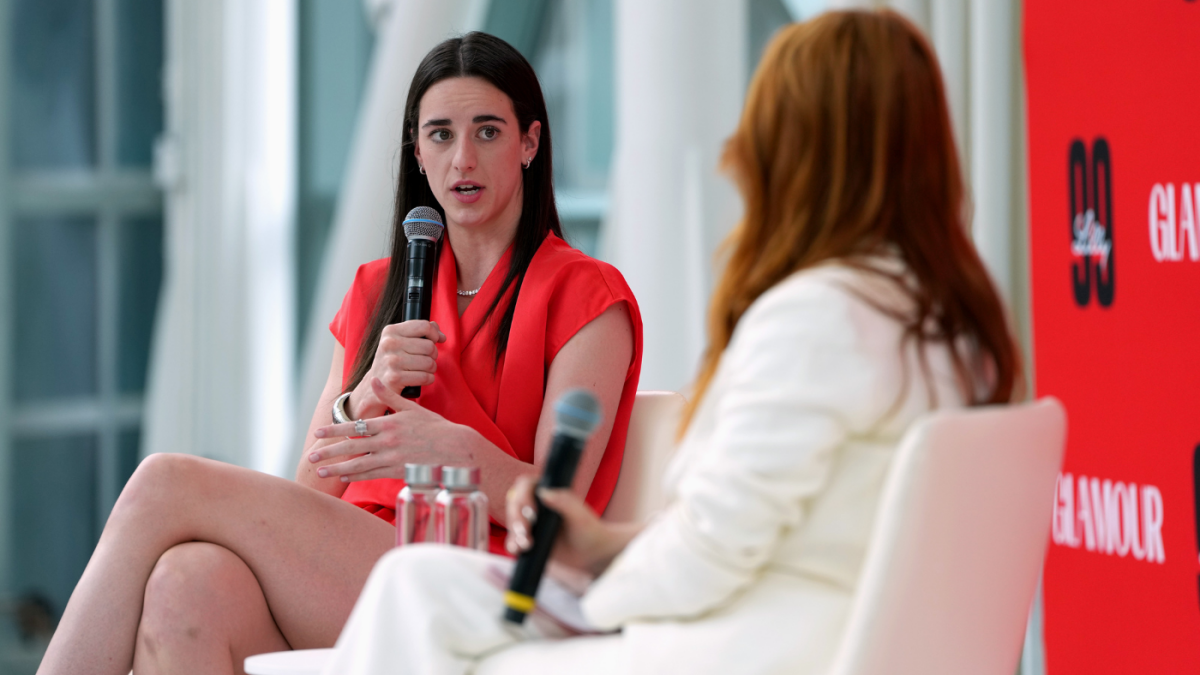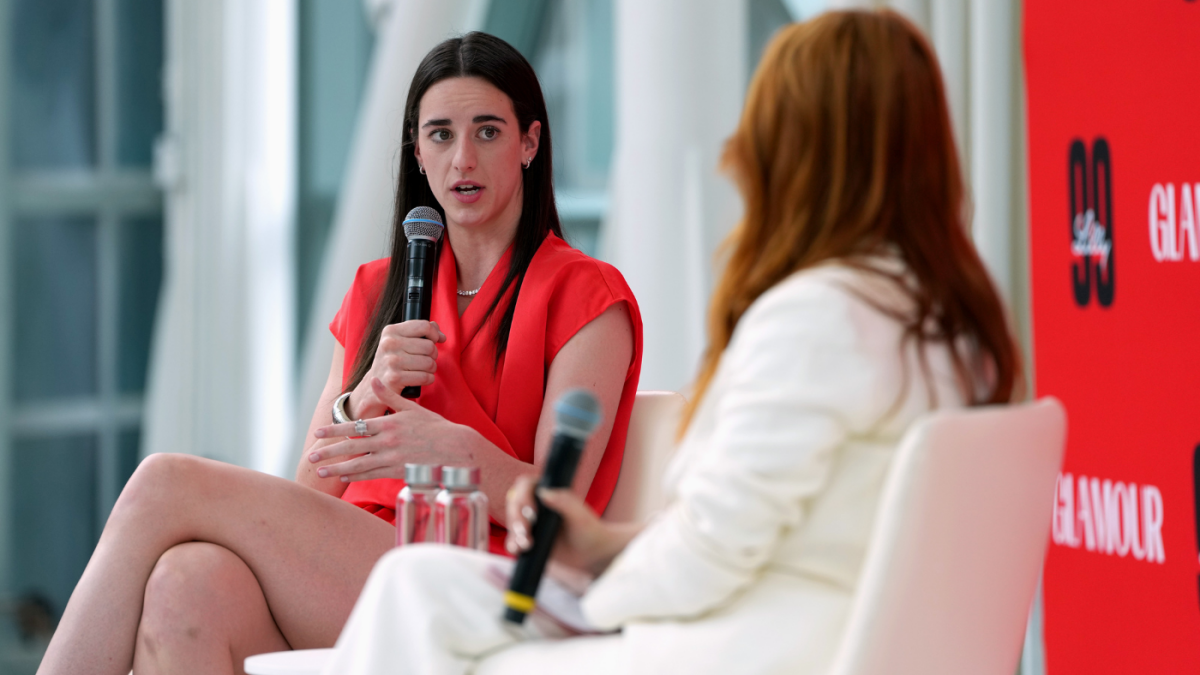The Challenges and Triumphs of Caitlin Clark’s Rookie Season
A Star’s Rocky Start
Caitlin Clark’s transition from college basketball sensation to WNBA rookie has been anything but smooth. The hype surrounding her arrival was immense, with many viewing her as the savior of the Indiana Fever and a potential face of the league. However, her rookie season has been overshadowed by a series of injuries that have tested her resilience and forced her to adapt to the physical demands of professional basketball. This analysis delves into the injuries that have plagued Clark, their potential causes, and the broader implications for her career and the WNBA.
A Season of Setbacks
Clark’s rookie season has been marked by a series of injuries that have limited her playing time and impacted her performance. The issues began early, with tightness in her quad causing her to miss the preseason opener. This was just the beginning of a season filled with physical challenges. Throughout the year, Clark has dealt with:
– Left Quadriceps Strain: This injury sidelined her for five games in May and June, forcing her to miss crucial matchups and disrupting her rhythm.
– Left Groin Injury: Another five games were missed due to a left groin issue, further complicating her ability to contribute consistently.
– Recurring Groin Injury: This injury forced her to withdraw from the All-Star game, a significant setback for a player looking to make her mark on the league.
– Eardrum Rupture: Revealed after the conclusion of the season, this injury added another layer of complexity to her already challenging rookie year.
These injuries have limited Clark to just 13 games out of a possible 23 before the All-Star break. The cumulative effect has been significant, both physically and mentally. Clark has admitted to feeling the effects of these injuries, stating, “This is the first time I haven’t felt like a young body that can run around and sprint every day and just continue to do that.”
The Physical and Mental Toll
The injuries have taken a toll on Clark’s performance and mental well-being. While she has shown flashes of brilliance, her consistency has been affected by the physical limitations imposed by her injuries. The explosiveness, agility, and stamina that made her a standout in college have been compromised, forcing her to adapt to a different style of play.
More concerning is the impact on her mental health. Clark has openly discussed the mental challenges of dealing with injuries, admitting it has been difficult “staying in it.” The emotional toll of being sidelined, coupled with the pressure to perform, can create a cycle of frustration and discouragement. This mental strain is a significant factor in her overall performance and well-being.
The Broader Implications
Clark’s experience raises important questions about the expectations placed on young athletes entering professional sports. The WNBA, like many leagues, benefits immensely from the star power of its marquee players. However, there is a responsibility to protect these athletes and ensure their long-term health and well-being.
The league and its teams must prioritize player health by:
– Implementing sensible scheduling: Reduce back-to-back games and provide more rest days to allow players to recover adequately.
– Providing comprehensive medical care: Ensure access to the best sports medicine professionals and resources to address injuries promptly and effectively.
– Promoting open communication: Encourage athletes to communicate openly about their physical and mental health, fostering a supportive environment.
– Managing expectations: Be realistic about what can be expected from young players in their rookie seasons, allowing them the space to grow and develop.
Young athletes themselves need to be educated about the importance of:
– Prioritizing rest and recovery: Learning to listen to their bodies and avoid pushing through pain, which can lead to more severe injuries.
– Seeking professional help: Not being afraid to seek medical or mental health support when needed, as early intervention can prevent long-term issues.
– Balancing training and competition: Avoiding overtraining and finding a sustainable approach to their sport, ensuring longevity in their careers.
A Path Forward
Caitlin Clark’s rookie season has been a rollercoaster, marked by both incredible highs and frustrating lows. While the injuries have undoubtedly hampered her performance, they also offer an opportunity for growth and perspective. It is crucial to remember that she is still young and developing, and that setbacks are a natural part of the process.
The WNBA and its fans need to exercise patience and allow Clark the time and space to recover fully and adjust to the demands of professional basketball. By prioritizing player health and managing expectations, the league can ensure that Clark and other young athletes have the opportunity to thrive and reach their full potential, without sacrificing their long-term well-being. It’s not just about the immediate excitement; it’s about fostering a sustainable and healthy environment for the future of the game.
Conclusion: Resilience and the Road Ahead
Caitlin Clark’s journey in the WNBA is far from over. Despite the setbacks, her talent and determination remain evident. The challenges she has faced this season will ultimately make her stronger, both as a player and as a person. The WNBA and its fans must support her through this process, recognizing that greatness is not achieved overnight but through perseverance and resilience. The road ahead may be uncertain, but with the right support and mindset, Clark has the potential to become one of the league’s brightest stars.












